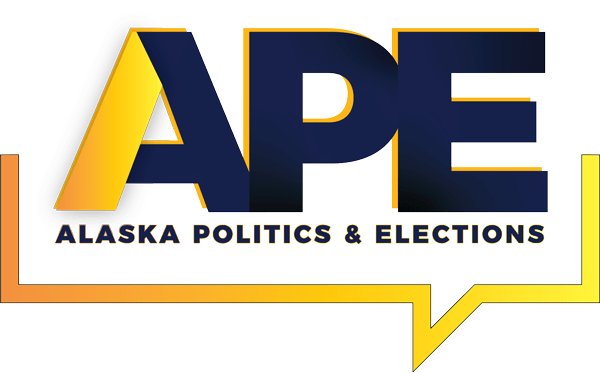As early as this spring, the Environmental Protection Agency is expected to invoke a rarely used legal authority to bar a Canadian company, Northern Dynasty Minerals Ltd., from beginning work on its proposed Pebble Mine, citing risks to salmon and to Alaska’s pristine Bristol Bay, 150 miles downstream. The EPA’s position is supported by a broad coalition of conservationists, fishermen and tribal groups — and, most opinion polls show, a majority of Alaskans. National environmental groups, Hollywood celebrities and wealthy activists have made the defeat of the mine a top priority, raising millions of dollars to campaign against it.
But the more consequential fight may be over how the mine is being blocked. By employing a rare preemptive “veto” — a tactic used only once in this manner in 40 years — the EPA has made itself the target of congressional Republicans who say the agency has stepped far outside the boundaries lawmakers envisioned with the adoption of the Clean Water Act in the 1970s.
Adding to the uproar are thousands of pages of internal EPA documents obtained by Northern Dynasty and released publicly to bolster its claims of improper collusion between the agency and mining opponents. The documents have spurred allegations that the EPA coordinated local opposition to the mine, coaching indigenous Alaskan groups in preparing petitions that would serve as the basis for a preemptive veto of the company’s mining permit.
Company officials say the documents show an intent to kill the project in its early stages, rather than risking a formal permitting process that the agency might not be able to control.
“The EPA doesn’t gain any additional authority by using a preemptive veto, and there’s no increase in environmental protection,” said Tom Collier, the chief executive of Pebble Partnership, the Northern Dynasty subsidiary responsible for developing the mine. “They’re doing it so they can avoid the rigor and intensity of a proper review.”
EPA officials say they were prompted to take unusual steps to preserve a rare national resource: A pristine habitat that sustains one of world’s most important fisheries, including half of the global supply of wild sockeye salmon.
image credit APEonline










